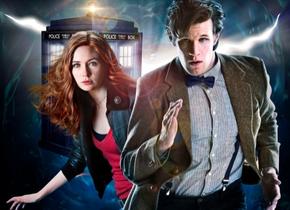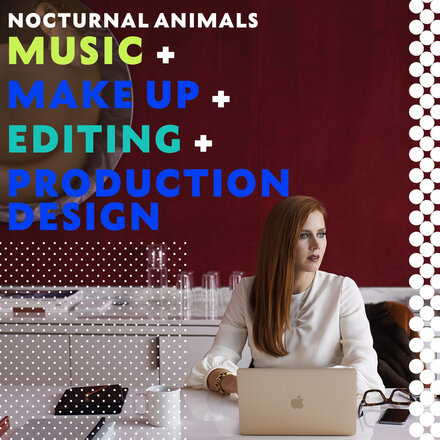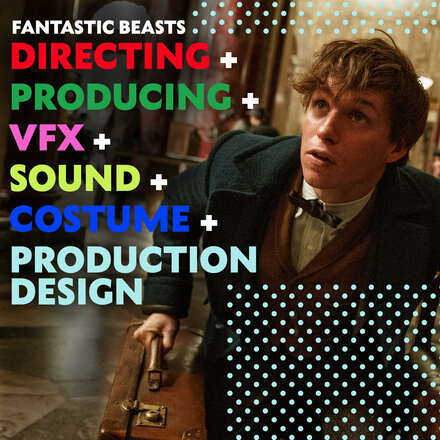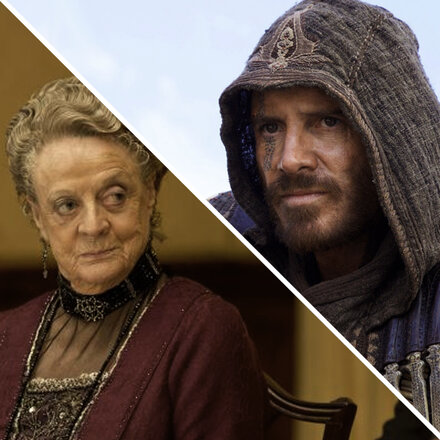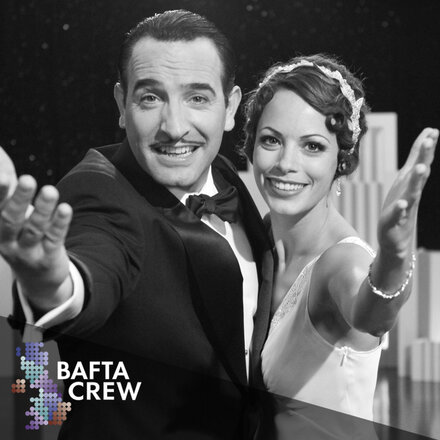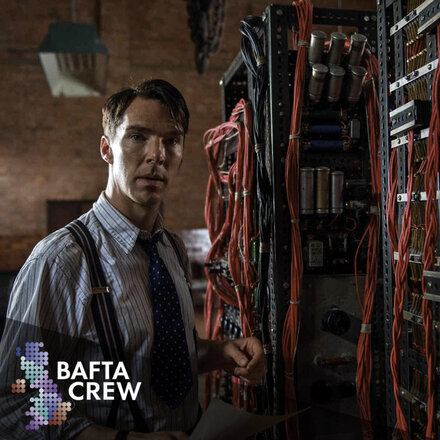Words by Quentin Falk
"A production designer,” says Michael Pickwoad, “should think like a director and behave like a producer.” It’s a great line, vividly encapsulating the ideal of trying to combine the creative with an acute and practical sense of ‘the bottom line’.
No wonder Pickwoad has been one of this country’s most successful practitioners of the craft ever since starting out as a young draughtsman in the art department on Patton – Lust For Glory more than 40 years ago.
After a career in film (Withnail & I, The Krays, Comrades) and television – for the past 10 years wholly so on everything from Longford (for which he was BAFTA-nominated) and Lost In Austen to Marple and The Prisoner – Pickwoad is now firmly embedded in one of the small screen’s most enduring series, Doctor Who.
Never was Pickwoad’s initial observation perhaps more applicable than in the current TV climate of tight budgets and even tighter schedules, as the good Doctor tries valiantly to remain at the very cutting edge of production value.
Mind you, no-one was more surprised than Pickwoad when, “out of the blue,” the call came asking if he’d like to join the Cardiff-based team on a series that has been running, on and off, for nearly 50 years, across more than 750 episodes and employed no fewer than 11 time travellers in the eponymous role.
"A production designer should think like a director and behave like a producer."
There is, however, a sweet synchronicity about it in that, way back in 1966 when William Hartnell, the series’ first ever Doctor Who, was still holding sway, Pickwoad’s late father, the celebrated character actor William Mervyn, had a juicy part in a triple episode subtitled The War Machines, which, buffs may recall, modishly utilised one of London’s latest landmarks, the GPO Tower.
Pickwoad, who was barely out of his teens at the time, had no hesitation: “I remember watching it and it was always interestingly worrying. I particularly liked the psychology of the stories, and provided the set didn’t fall down, you sort of believed it. It’s iconic and it’s fun.”
‘Fun’ is by far his favourite adjective meaning everything from “challenging” to “entertaining” via plain “good.”
“Why did they want me? Well, I think the feeling might have been they had been slipping a bit in the non-Doctor Who department. The actual sci-fi bits are all quite fun but sometimes when it came to the historical bits and real life, as it were, it didn’t quite live up to the normal standards of BBC costume drama.
“It was a question, I think, of giving it a bit of a kick, of making the non-sci-fi bits classier. When I did Lost In Austen for ITV, I remember thinking to myself, ‘the way to do this is to make it better than BBC costume drama.’ Okay, it may be a nonsense story, but the better you make the setting, the more believable the nonsense is, and everyone will go with it.”
BBC
Pickwoad signed on last year for the Christmas special followed by 13 episodes, seven of which were screened earlier this year with six more for the autumn, plus another Christmas treat – on which he’s currently working – for the insatiable fans.
With, on average, one episode shot every 12 ½ days, Pickwoad describes them, ”as, basically, 90 minute films in 45 minutes – and in those 45 minutes you seem to get as much as you do in a Ridley Scott movie.” Minus, of course, the monster budget.
So, calling on all his experience which also includes, way back, no fewer than 13 films for the Children’s Film Foundation – “where I first learned NOT to spend money” – Pickwoad cuts his cloth carefully and very flexibly.
Take for instance that very classy, 360 degree Oval office set which was built for the first episode of the latest series – ‘The Impossible Astronaut’ – in which Doctor Who arrived at Richard Nixon’s White House in 1969 around the time of the first Moon landings.
With some crafty re-design, that Presidential set would mutate in later episodes, first, into the acid well in the crypt of a medieval monastery before then going all futuristic as a birthing chamber in one of the series’ more revelatory sequences.
“It was getting a bit tatty by now,” admits Pickwoad, “and still it didn’t die because in our pirate episode it finally became an alien spaceship. All those incarnations were in the first half of the new series – and, hopefully, no-one will have noticed.”
Michael Pickwoad’s Top Tips for aspiring Production Designers:
"The aim is to make sets and locations particular and pertinent. You then add visual information by using wit and allegory, in detail and dressing. Have the courage of your convictions to carry out ideas. Keep up the momentum so you can react quickly to changes of plan. An efficient and well-run Art Department is an inspiring contribution to successful filming.”

